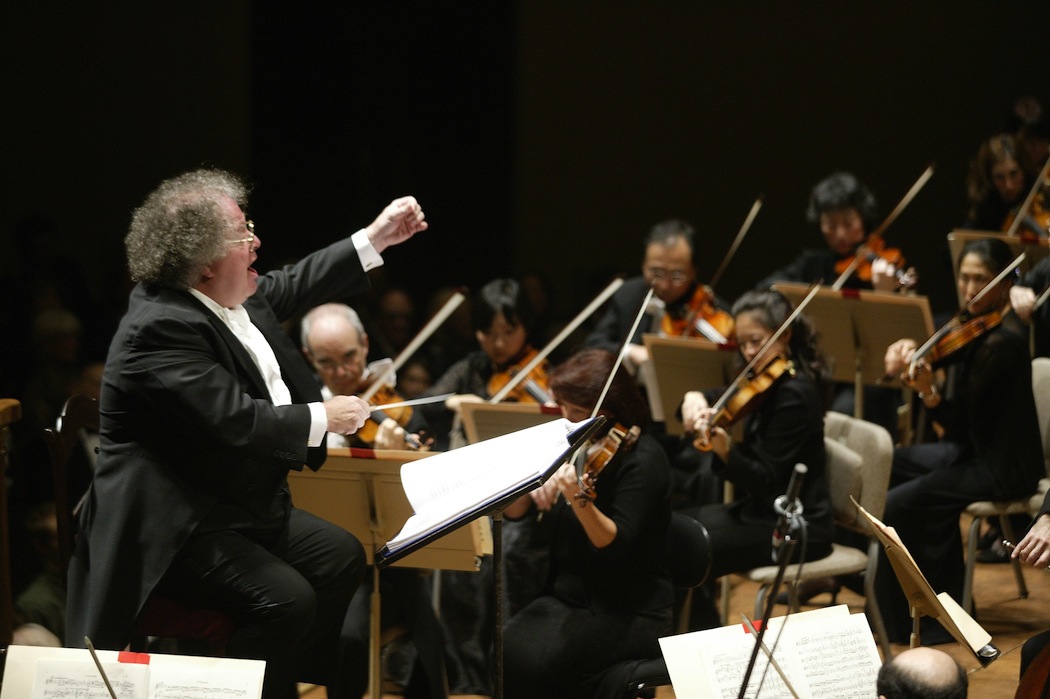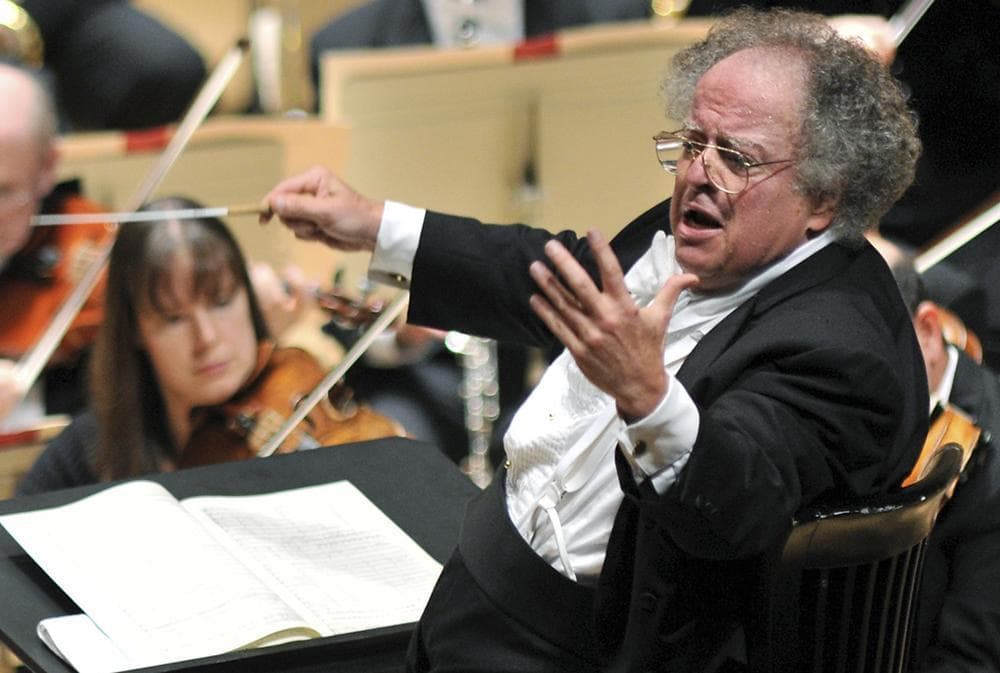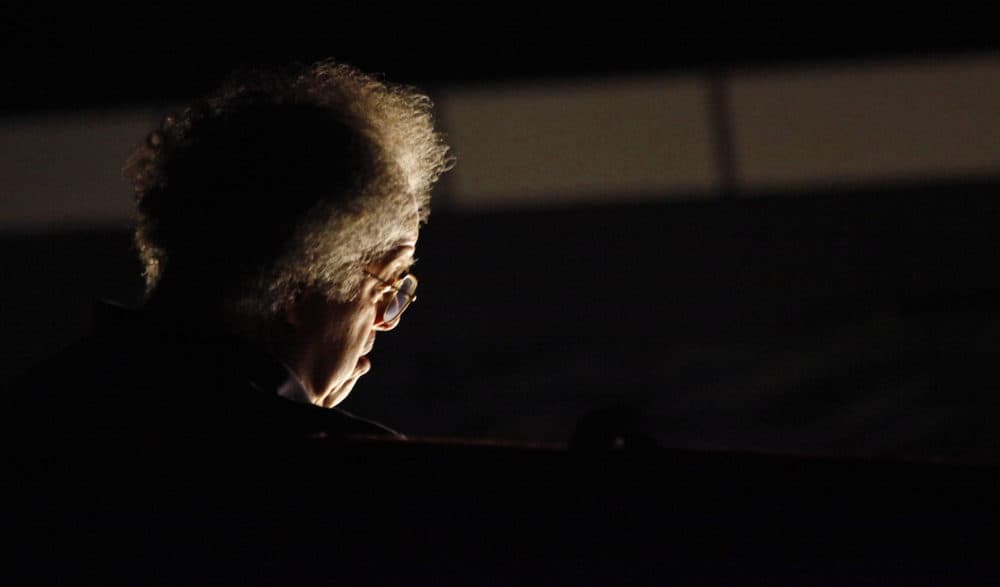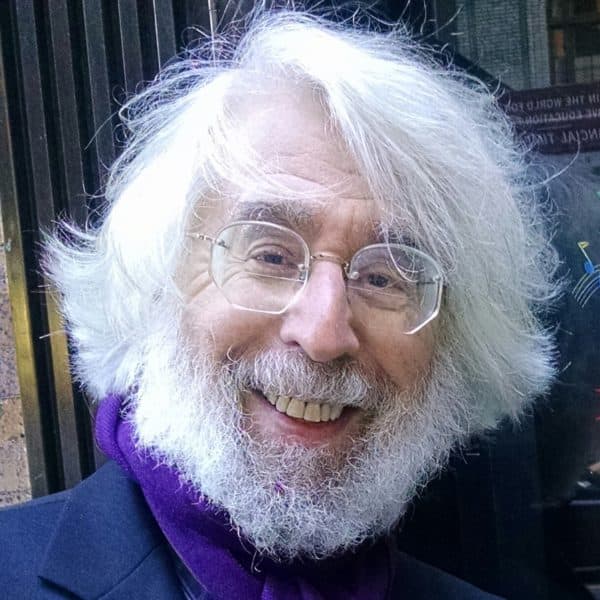Advertisement
Commentary
James Levine Dies At 77, Leaving Behind A Complicated Legacy

James Levine — the celebrated longtime music and artistic director of the Metropolitan Opera and the all-too-brief music director of the Boston Symphony Orchestra — died at the age of 77 on March 9 of “natural causes” in Palm Springs, California. The announcement mysteriously came over a week after his actual death. After multiple illnesses and accidents and a career-halting scandal, he was scheduled to resume his conducting this past January in Italy, though the pandemic caused a postponement that now can never be recovered. Most of my memories of Levine take place in Boston rather than in New York.
I remember with particular vividness Levine’s first press conference in 2004 when he became the first American music director of the Boston Symphony Orchestra. He had just replaced Seiji Ozawa, who had recently resigned after a 29-year tenure, and under whose leadership the BSO had been sliding downhill. The glorious sound of the orchestra had coarsened, and Ozawa himself, such a promising young conductor when he was hired, never seemed to have grown as a musician. He was taking an extremely prestigious position as principal conductor of the Vienna State Opera, but he was leaving the BSO in shambles.
What was most surprising about Levine’s press conference was that Boston’s new musical leader actually talked about making music, about programming, of course, but most memorably, about such esoteric technical issues as the seating plan of the orchestra. He was promising to make a major change. Unlike most modern orchestras, in which the first and second violins both sat adjacent to one another, he was going to revert to a much older tradition, to “divide” the violin sections, so that the first and second violins would be sitting on opposite sides of the stage. With so many great composers — Haydn, Mozart, Beethoven and even many modern and contemporary composers — the two violin sections were not just playing together but were often in dialogue. If all the violinists were jammed together, you couldn’t hear this dialogue. The strings might have a richer, thicker sound, but you couldn’t hear that they were “speaking” to each other — in conversation or argument or making love.

It was astonishing to hear this discussed at a press conference, where the subject was usually how honored the center of attention was to be the new center of attention.
And what was even more impressive, once this new policy was implemented and the players got used to their new positions, was how much the sound of the orchestra blossomed. We could suddenly hear things in the most familiar music we couldn’t hear before. It was like going from monaural sound to stereo. (I was disappointed to learn at the opening press conference for Andris Nelsons, the BSO’s current music director, that he was going to revert to the old seating plan.)
Of course, Levine would give us great Mozart and Schubert (Ozawa conducted relatively little of the latter), Verdi (an unforgettable “Simon Boccanegra”), Berlioz (both concert music and opera) and Mahler, but there would also be more challenging music by Schoenberg and Elliott Carter and Boston’s John Harbison, whom Levine had already championed leading the world premiere of “The Great Gatsby” at the Met, where he remained as music director and continued to be the most celebrated living opera conductor. Loved and admired not only by audiences, but by the orchestra (which he had miraculously turned into one of the world’s great instrumental ensembles) and especially by the singers, he led more than 2,500 performances — more than any other conductor in the Met’s history.
Advertisement
Levine’s taste in contemporary music was applauded by connoisseurs and critics, but not by every member of the audience, some of whom didn’t like all that “ugly” modern sound. I sometimes thought that when Levine was beginning to exhibit physical difficulties (a tremor in his leg that he seemed unable to control, an onstage fall during an ovation that injured his rotator cuff, the increasing inability of the musicians to read his beat), the BSO management was using his ailments as an excuse to ease him out because some contributors were threatening to pull their support. It wasn’t that some people hated Levine but that they hated Carter. One of the most imaginative concerts I ever heard was Levine conducting the Met Chamber Orchestra in New York of song cycles by Carter and Harbison, both setting poems by Elizabeth Bishop.

On one memorable Saturday in 2010, a few months before he stepped down from the BSO, he conducted an international “Live in HD” telecast of Wagner’s “Das Rheingold” (the three-hour first opera of the composer’s epic four-opera “Ring Cycle”) and flew by private jet back to Boston to conduct an astounding Mahler Symphony No. 2 (the so-called “Resurrection” symphony), which he had been conducting in Boston earlier in the week. He entered using a cane, which he hung on a rail behind the podium, and for his final bow, he swung the cane like a rifle over his shoulder, seeming completely energized. Anyone who didn’t think he could get through the day clearly underestimated his stamina if not his determination. Sadly, that stamina didn’t last much longer. Ultimately, he canceled more appearances than any other BSO music director.
One of the most remarkable concerts I ever heard by anyone was the one Levine conducted in November 2006, part of his extraordinary 2006-2007 Beethoven/Schoenberg project, a landmark (certainly for the BSO) of illuminating musical planning. Levine was determined to take the fear out of listening to the challenging 20th-century master — certainly, a figure much less popular than Beethoven.
This concert began with a string-orchestra version of Beethoven’s “Grosse Fuge” (“great fugue”), the original final movement of Beethoven’s late 13th quartet, which Beethoven was encouraged to exchange for something shorter, simpler and far less daunting. This singular movement then took on its own opus number. It’s a masterpiece of intense interweaving, daringly chromatic in harmony, fiendishly difficult to play for a string quartet let alone an entire string orchestra, and demanding on its listeners. This time, especially given Levine’s new seating plan, though the piece retained its difficulty, we could hear all the voices with uncanny clarity. Levine followed this with Beethoven’s captivating and familiar Violin Concerto, played by the superb German violinist Christian Tetzlaff. After intermission came another violin concerto — Schoenberg’s, another challenging yet exhilarating, kaleidoscopic piece. But the most amazing moment came at the end: a second performance of Beethoven’s Great Fugue.
It was a revelation! If the first version of the gnarly Beethoven was foreshadowing Schoenberg, after the Schoenberg concerto, it suddenly sounded not only more beautiful, more celebratory, its complex threads much easier to follow, it also helped us hear where Schoenberg had come from, and what was truly beautiful and undaunting about his music. A revelation.

This is what BSO audiences came to expect from Levine. And his illnesses and cancelations were painful disappointments. And then the scandal, testimonies by some of Levine’s students in the 1960s, some of them not much younger than he was, allegations about Levine’s sexual and psychological manipulations. He had already left the BSO. Now he was suspended from the Met, then fired. He proclaimed his innocence and sued. The Met counter-sued. Levine ended up with a multimillion-dollar settlement. The BSO took down the photos of all its previous music directors — rumors had it because they didn’t want to keep Levine’s photo hanging in the corridor.
It was a sad end that raised age-old questions about art and morality. Can one be a great artist if one is not a good person? Ezra Pound was universally regarded as a great poet, but he was also a traitor giving anti-American and anti-Semitic radio broadcasts in Italy during the Second World War. Did that make him a lesser artist? Were Levine’s alleged sexual transgressions (or what decades later came to be considered sexual transgressions) worse than Pound’s treason? He was about to restart his career. How sad that we didn’t get to hear what might have come next. Legacies are complicated.
